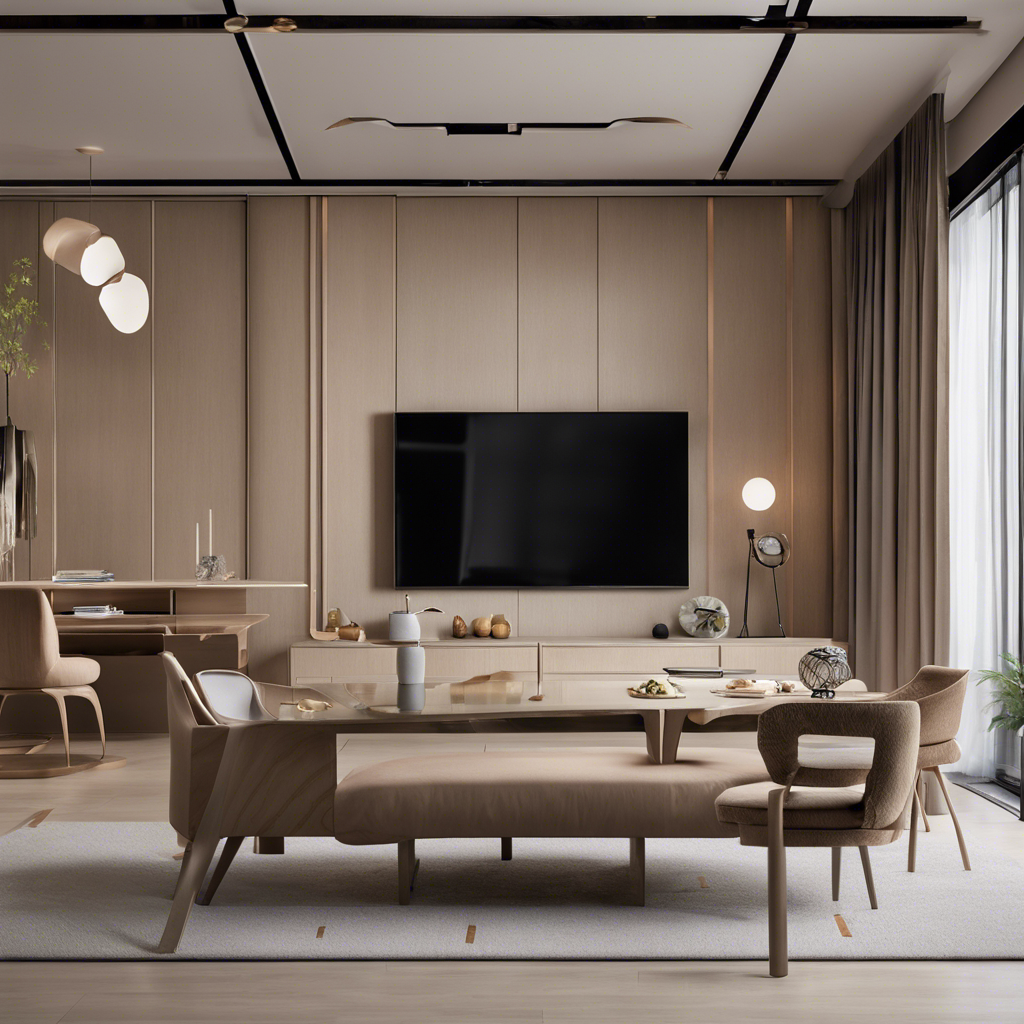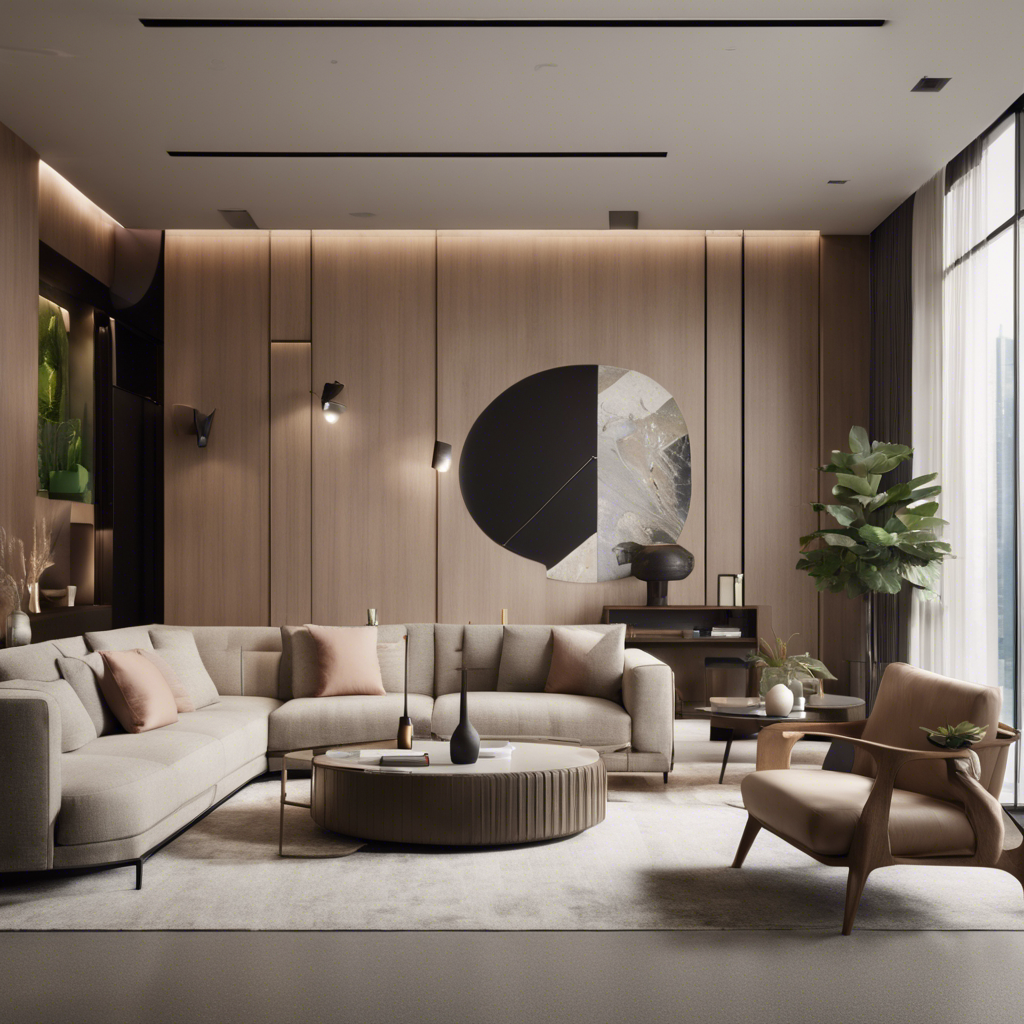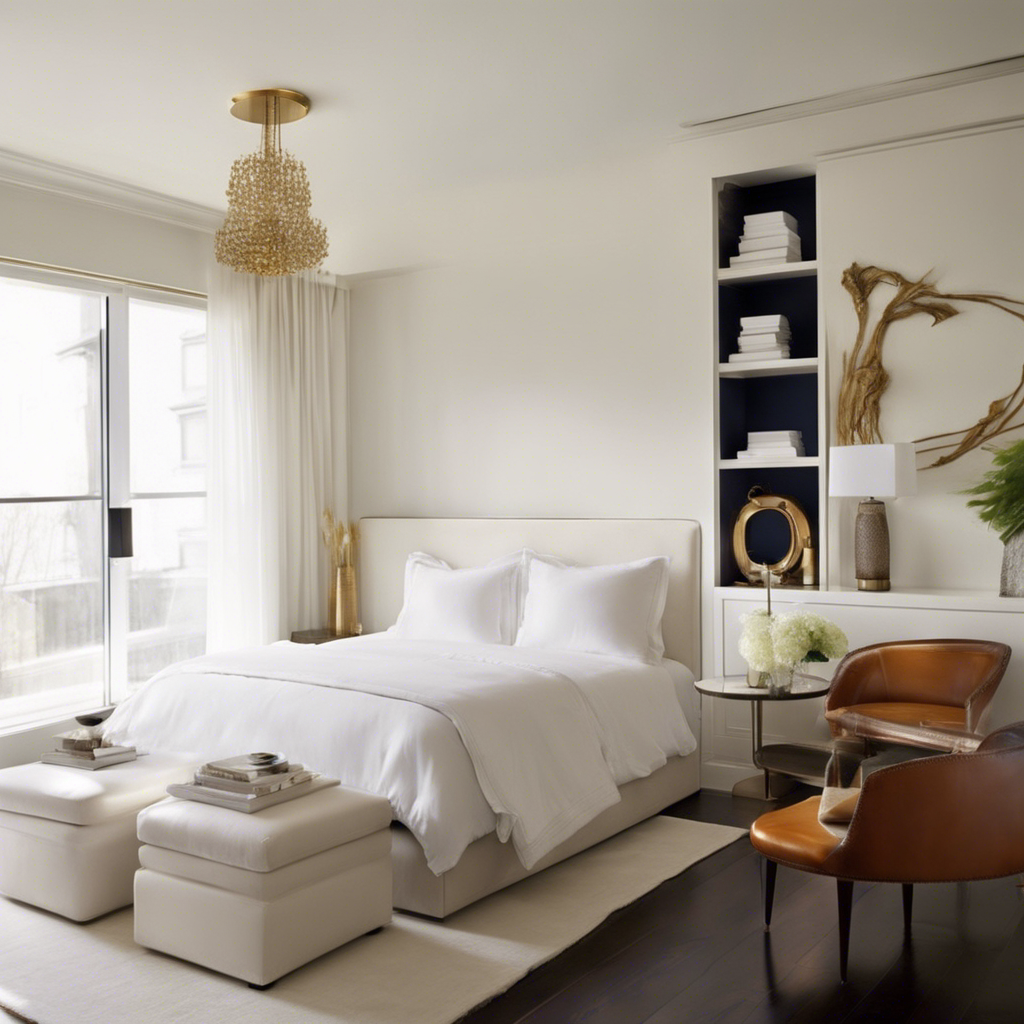Details

Exploring Singapore's Top 5 Interior Design Trends of 2024
As Singapore continues to evolve, so too does its approach to interior design. With a unique blend of cultural influences, modern sensibilities, and a focus on functionality, Singaporean interior design trends for 2024 reflect a dynamic fusion of tradition and innovation. From sustainable materials to minimalist aesthetics, here are the top five interior design trends shaping Singaporean homes this year.

1. Sustainable Living
In line with global environmental consciousness, Singaporean homeowners are increasingly embracing sustainable living practices in their interior design choices. From eco-friendly materials to energy-efficient appliances, sustainability is at the forefront of interior design trends in 2024.
Bamboo and rattan furniture, known for their sustainability and durability, have become popular choices among Singaporean homeowners. These materials not only add a touch of natural beauty to interiors but also promote eco-conscious living. Additionally, recycled and upcycled decor pieces are gaining traction, offering both style and sustainability.
Moreover, the integration of smart home technologies enables residents to optimize energy consumption and reduce their carbon footprint. From automated lighting systems to energy-efficient HVAC solutions, Singaporean homes are becoming increasingly eco-friendly without compromising on comfort and style.

2. Multifunctional Spaces
With space at a premium in Singapore, the concept of multifunctional spaces has become essential in interior design. Versatile furniture pieces that serve multiple purposes are highly sought after, allowing homeowners to maximize every square foot of their living spaces.
Convertible sofa beds, expandable dining tables, and modular storage solutions are becoming staples in Singaporean homes, offering flexibility and functionality without sacrificing style. These adaptable furnishings enable residents to seamlessly transition between different activities and optimize their living environments according to their evolving needs.
Furthermore, the rise of remote work has led to the incorporation of home office spaces within residential interiors. Compact workstations that blend seamlessly with the overall decor allow individuals to create productive yet aesthetically pleasing work environments within their homes.
3. Biophilic Design
In Singapore's urban landscape, reconnecting with nature has become a prevailing theme in interior design. Biophilic design principles, which incorporate elements of nature into interior spaces, are gaining popularity as homeowners seek to establish a harmonious relationship between the built environment and the natural world.
Living green walls, indoor gardens, and potted plants are being integrated into Singaporean homes to evoke a sense of tranquility and well-being. Not only do these elements enhance indoor air quality and promote relaxation, but they also serve as striking focal points that blur the boundaries between indoor and outdoor spaces.
Incorporating natural materials such as wood, stone, and marble further accentuates the biophilic aesthetic, creating a serene and inviting atmosphere reminiscent of Singapore's lush greenery. Biophilic design not only enhances the visual appeal of interiors but also fosters a deeper connection with the natural environment.

4. Minimalist Aesthetics
Embracing the principles of simplicity and functionality, minimalist aesthetics continue to shape interior design trends in Singapore for 2024. Characterized by clean lines, uncluttered spaces, and a neutral color palette, minimalist interiors exude a sense of calm and sophistication.
Singaporean homeowners are opting for sleek and streamlined furnishings that prioritize form and function. From minimalist sofas to Scandinavian-inspired coffee tables, minimalist furniture designs emphasize simplicity without sacrificing style or comfort.
Furthermore, a focus on decluttering and organization is integral to minimalist living, with storage solutions seamlessly integrated into the overall design scheme. Concealed storage compartments, built-in shelving, and minimalist wardrobes help maintain a sense of visual clarity and openness within the home.
5. Cultural Fusion
Singapore's rich multicultural heritage is a source of inspiration for interior designers, giving rise to a trend that celebrates cultural fusion in home decor. By blending elements from diverse cultural traditions, Singaporean interiors reflect the vibrant tapestry of the nation's multicultural identity.
From Peranakan-inspired motifs to Chinese lattice screens and Malay batik prints, cultural influences are woven into the fabric of interior design, adding depth and character to residential spaces. Incorporating traditional craftsmanship and artisanal techniques, Singaporean homeowners infuse their interiors with a sense of heritage and authenticity.
Moreover, the juxtaposition of modern and traditional elements creates a dynamic interplay of old and new, resulting in interiors that are both timeless and contemporary. By embracing cultural fusion, Singaporean homes serve as reflections of the nation's diverse cultural landscape, celebrating unity in diversity.
In conclusion, the interior design trends shaping Singaporean homes in 2024 are a reflection of the nation's evolving tastes, lifestyles, and values. From sustainable living practices to multifunctional spaces, biophilic design, minimalist aesthetics, and cultural fusion, these trends embody the spirit of innovation and adaptation in Singapore's dynamic urban environment. As homeowners seek to create spaces that are both functional and aesthetically pleasing, Singaporean interior design continues to evolve, blending tradition with modernity to redefine the concept of home in the Lion City.

